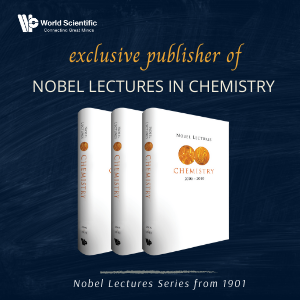This book is a contemporary review of selected subjects in liquid chromatography, especially of the technical development, rather than the applications. The subjects are focused in the biomedical and environmental fields. This is also a troubleshooting record. Complex analytical problems such as sensitivity (sensitive detection by chemiluminescence, coulometric detection, laser based detection, necessity of degassing the system for sensitive detection), difficulty (free radical detection by Electron Spin Resonance, Polarimeter for chiral recognition) and reproducibility (packings for chiral separation and stable bonded silica gels) are solved. Theoretically and environmentally important miniaturizations are described. Individual chapters written by specialists provide information beyond what can be found in general textbooks of liquid chromatography.
Contents:
- Advances in Chromatography for Technological Analysis
- Chemical Speciation and Chemical Characterization (H Hatano)
- Development of the Amino Acid Analyzer in Japan (F Yamamoto & S Ganno)
- Glycated Albumin Analyzer (T Uchida et al.)
- Liquid Chromatography with Coulometric Detector (Y Takata)
- HPLC-ESR Detection of Free Radicals (F Moriya & K Makino)
- LC-Chemiluminescence Detection (K Nakashima & K Imai)
- Liquid Chromatography and Capillary Electrophoresis with Laser Fluorometric Detection (T Imasaka)
- Advantages of On-Line Degassing (A Nagai)
- Microcolumn Liquid Chromatography (T Takeuchi & D Ishii)
- Microcolumn Liquid Chromatography in Hyphenated Techniques (Microcolumn LC/FTIR) (K Jinno & C Fujimoto)
- Recent Progress of Chiral Stationary Phases for HPLC (N Oi)
- Chiral Synthetic Polymer Packings (E Yashima & Y Okamoto)
- Protein-Bonded Chiral Packings and Their Application (Y Oda & T Miwa)
- Organic Polymer Packings (T Hanai)
- Synthesis and Properties of Stable Bonded Silica Gel Packings and the Performance (T Hanai)
Readership: Chemists and analytical chemists.























